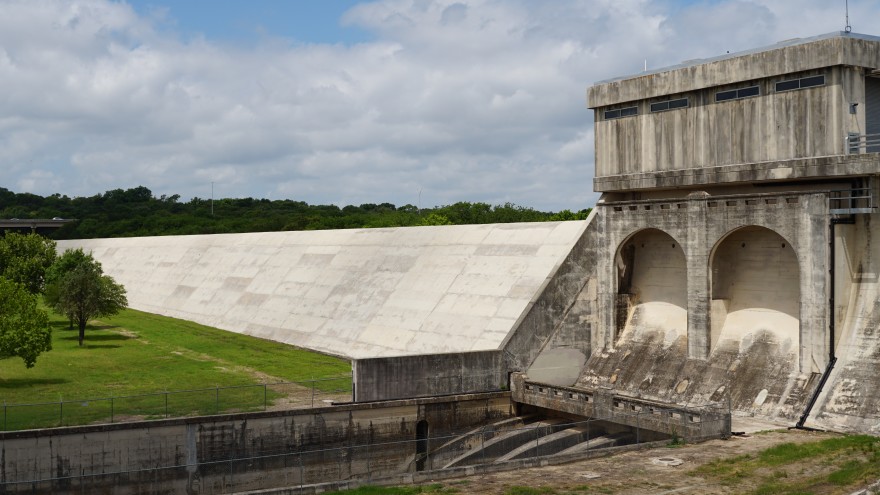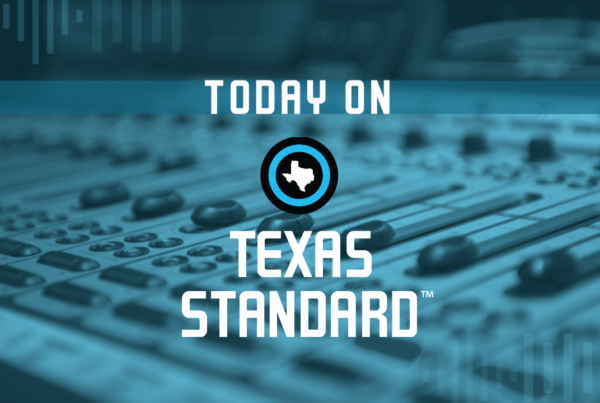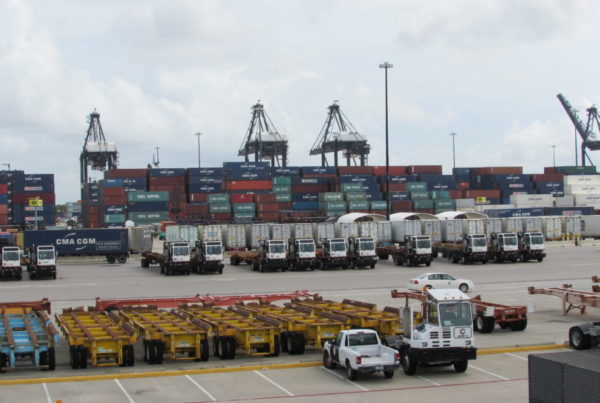Water infrastructure systems across Texas are falling into disrepair. This year, the American Society of Civil Engineers gave the state’s drinking water infrastructure the not-so satisfactory grade of a C-minus. And as Texas’ population continues to grow, experts say the demand on water systems will only increase.
The new federal infrastructure plan signed into law by President Biden this week could offer some relief. The bill will send at least $3 billion to Texas over the next five years to improve the state’s water systems.
Todd Votteler is editor-in-chief of the Texas Water Journal. He told Texas Standard that the funds will allow Texas to catch up with needed infrastructure fixes, but won’t solve all of the state’s water distribution problems. Listen to the interview above or read the transcript below to learn more.
This transcript has been edited lightly for clarity:
It’s my understanding the state needs to spend something like $65 billion over the next 50 years just to maintain our water management system given all the population growth. Is the $3 billion from the feds going to cut it?
Todd Votteler: Well, it’s going to help. I mean, this money will also be matched from local sources and state sources as well. But the $3 billion is primarily for the state’s Clean Water State Revolving Fund and the Drinking Water State Revolving Loan Fund, which are administered by the Texas Water Development Board, and also for lead pipe removal. So it’s definitely a good start, but it’s not all that’s needed.
Where are we going to get money for what else is needed?
One thing that’s probably going to have to happen is that the state is going to have to increase its investment in these areas. If you look at historically where money has come from for drinking water and wastewater infrastructure, the federal government provided about 63% of that funding in the 1970s. Now it’s down to about 9%, and that’s prior to the infrastructure act, which was just signed into law.
So we are down kind of in a trough and maybe heading back up to where we’re going to be getting more federal assistance. But the state’s also going to have step up and put some more money into these areas.
You wrote a piece for The Dallas Morning News headlined “If you think the Texas electrical grid is fragile, take a look at our water infrastructure.” Is it that bad, and what’s the worst-case scenario? What are we facing between now and 50 years from now?
If you look at what happened during the winter storm, there’s a lot of discussion about what happened to the electrical grid. But folks like me who live in Austin – we were out without water for almost seven days. There’s that challenge related to maintaining operations during extreme weather events. But there is also just the wear and tear in these systems as more and more people move to the state and you have other types of weather extremes like flooding. Much of the infrastructure for wastewater treatment and drinking water is actually located in or around flood plains.
Well, let’s talk about what comes downstream. If you just look at drinking water, what’s the scenario that you would be most concerned about?
We have a state that’s growing, and our drinking water and other systems are strained and are going to face additional strains as the population grows. And those systems need to be upgraded, maintained and new systems need to be built to handle the additional folks who are going to be moving here.
Of course, maintaining safe drinking water systems can be a special challenge for rural communities. Will the infrastructure plan do anything to address the specific needs of rural Texans?
Most of what I’m seeing here indicates that it’s going to be going towards the larger cities. But it’s a total of about $82.5 billion that has been earmarked for water. In this bill, $55 billion goes the EPA [Environmental Protection Agency]. There’s another $27 billion that goes to other agencies, which might be able to provide additional support for rural water in Utah, such as the Bureau of Reclamation and the Army Corps of Engineers.
Overall, what’s your takeaway when it comes to the moneys for Texas infrastructure and how that will help us address our needs when it comes to water?
I kind of look at it like a good rainstorm during a really long drought: it’s not ending the drought, but you certainly are happy to have gotten that rain. And so this is going to make a difference, but hopefully it will be followed with additional investment from not only the federal government but from state and local governments as well.















